Affiliate disclosure: This post may contain affiliate links. Please see our Privacy Policy.
Animal fats can be a healthy part of any diet, especially from a grass-fed and pasture-raised animal. Learning to cook with lard, tallow, and schmaltz is easier and healthier than you might think.
Whether you’re rendering fat from scratch or buying good quality animal fat, there’s never been a better time to reintroduce this classic kitchen staple back into your culinary repertoire.
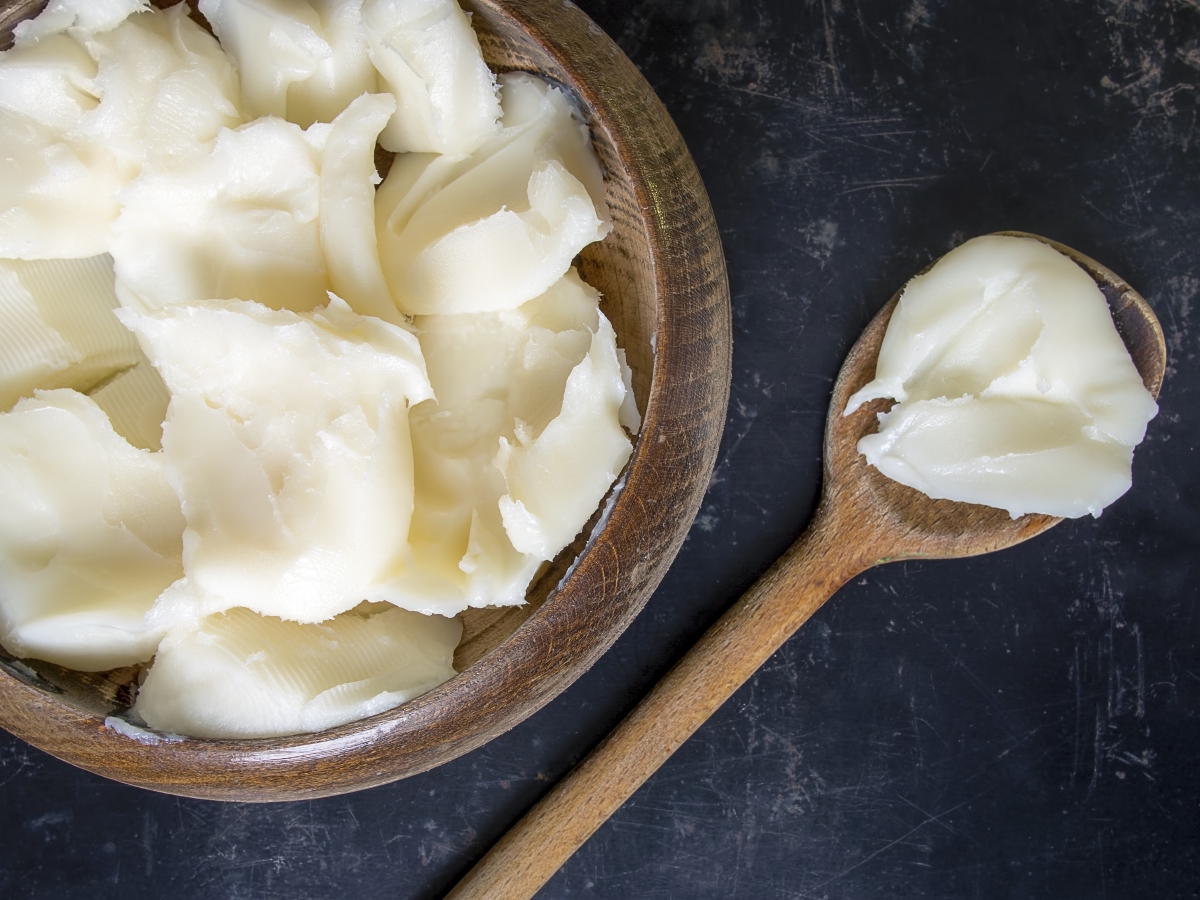
Animal fats have been through a lot in the last 30 years. Once a staple in kitchens across the country, lard and tallow were largely eliminated from American cuisine in the early 90s when fat-free diets became popular.
At the time, margarine and vegetable shortening became the new popular kids on the block — it was down with natural fats and in with super-processed, high-in-trans-fat alternatives!
We now know that those synthetic, processed trans fats have nasty health consequences, and studies are now confirming the wisdom of a traditional diet with plenty of natural animal fats. (And grass-fed bone broth too!)
Now the pendulum seems to be swinging in the opposite direction and animal fats are making a resurgence. Maybe you’ve noticed the appearance of duck fat-fried potatoes on your local bistro menu or you’ve made an astonishingly perfect pie crust using lard instead of shortening.
Or perhaps you’ve read about the health benefits of using animal fats, many of which are rich sources of vitamin D and omega-3 fatty acids. Whatever your reason for wanting to introduce more animal fats into your diet, there are plenty of reasons and resources to get you started.
Benefits of Animal Fats
Animal fats have been vilified for so long that it’s refreshing to see a resurgence in public interest around the once-taboo ingredient’s many health and culinary benefits. Both lard and tallow are high in vitamin D and omega 3 fatty acids and lack any of the trans fats which are prevalent in commercially prepared vegetable shortenings.
Depending on the recipe, food that has been prepared using animal fats tends to be crispier, flakier, and ultra-flavorful. If the fat is prepared properly before rendering, that is, all the meat has been removed, it should be fairly flavorless and odorless.
Instead of introducing a “gamey” flavor, the rendered fat should work to enhance the natural flavors of the remaining ingredients.
Readily available animal fat is an added bonus of the tip-to-tail lifestyle, it would be incredibly wasteful to dispose of fat instead of finding a use for it — whether that’s in the kitchen or elsewhere.
Even small animals like squirrels are a potentially good source of animal fat, I’ve found it largely comes down to trial and error in terms of which fats are best for cooking with.
Types of Animal Fats
The world of animal fats is vast and varied, with many different factors contributing to taste, texture, and usage.
The type of animal is top of the list, but other factors include where on the animal’s body it’s harvested from, how and what the animal is fed, and the season it’s harvested.
Types of Fat by Location in the Animal
When preparing and rendering animal fat, it’s important to have some basic knowledge about the different types of fat that are located throughout the animal’s body.
For example, if you plan on rendering your own lard from pig fat, you’ll want to focus on leaf lard and back fat.
Leaf fat, which is also called suet in the context of beef, is the fat surrounding the kidneys. The fat taken from this location, whether you’re making lard or tallow, is particularly valued for its tasteless and odorless properties.
We carefully render leaf lard for making homemade pie crusts, and frying our favorite sugarhouse donuts during spring, when we’re busy all day making maple syrup in the sugarhouse.
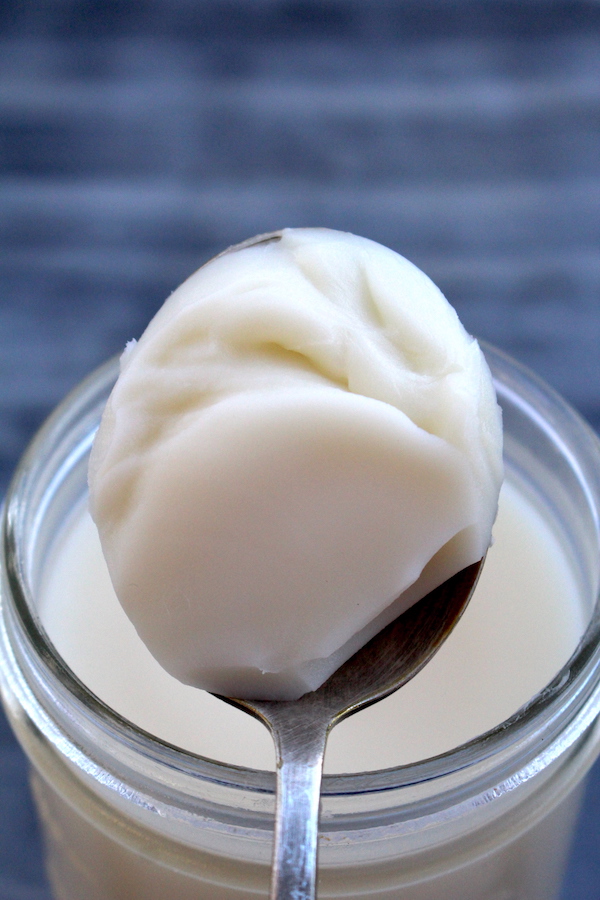
Back fat, which comes from the back of an animal, tends to be firmer and more intensely flavored. While it can be rendered, it’s often left on the cuts of meat (think pork chops) or incorporated into traditional charcuterie (like salami). Back fat will give a porky flavor to whatever you’re cooking, which is great in the context of some foods like vegetables, but not so great for baking.
Caul fat, which is also known as “lace fat” due to its lace-like appearance, surrounds the internal organs of certain animals and fowl such as cows, sheep, pigs, and ostrich. Instead of being rendered down into a more scoopable form, caul fat is used as a casing for sausages, roulades, and pâtés.
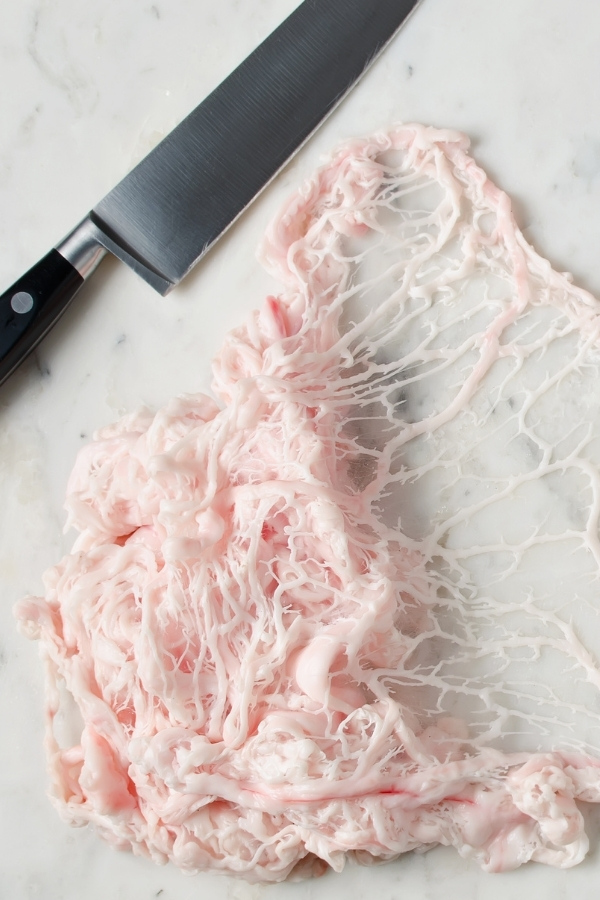
Types of Fat By Season
Like wine and cheese, the different flavors showcased by animal fats are partially dependent on the season they’ve been harvested (officially, this is referred to as the “terroir” of the animal).
The taste of bear fat, for example, is superior in the autumn, when the animal has most likely been feeding on seasonal nuts and berries — in some blueberry-rich areas, such as Montana, the fat actually takes on a blue tinge.
Pig fat is especially susceptible to the diet of the animal, even as much as 6 weeks can make a difference in terms of taste.
Italy’s prosciutto di Parma and Spain’s Jamon Iberico are two world-famous examples of cured ham that has come from pigs with distinct dietary restrictions, both of which come with a hefty price tag if purchased from a reputable source.
Wild vs. Grass-Fed vs. Conventional
When it comes to animal fat (or meat, for that matter), there’s always the debate about the benefits of wild vs. grass-fed vs. conventional.
Current research shows that wild and grass-fed animal products have a higher ratio of heart-healthy omega-3 fatty acids to less-healthy omega-6 fatty acids.
Grain-fed animals, generally speaking, have higher amounts of omega-6 fatty acids across the board.
Wild animals tend to be leaner and gamier, but have even higher omega-3 counts. The nutrients and taste of the fat will differ from animal to animal, even if they’ve been hunted at the same time of year.
If you don’t hunt your own animals, I’d recommend checking out your local butcher shop for the best-quality animal fat. Since it’s still a largely undesirable product (much to your benefit) you might be able to find a butcher who’s willing to set aside and sell (or give away) fat that’s been trimmed from the animal of your choice.
Incorporating pastured pork fat into wild game recipes can add incredible flavor and richness to otherwise lean game meat (venison, elk, etc).
Cooking with Animal Fats
While differences in season, feeding, and location can make a big difference, the type of animal is usually what most people consider when choosing which animal fats to use and how to use them.
Generally speaking, animal fats produce superior pie crusts and extra-crispy deep-fried recipes, there’s a good reason lard and tallow were the go-to pantry ingredient prior to the invention of vegetable shortening.
Lard (Pig Fat)
To render pig fat into lard, you’ll want to use leaf lard (which is the fat that is stored around the kidneys) or back fat (also called fatback, this is the fat that is stored along the animal’s back, shoulder, and rump).
Save pork belly for curing into homemade bacon, or cooking fresh. The pork fat in the belly is marbled into the meat, which makes it especially good for cooking but difficult to render separately. (More on bacon grease later.)
Pig fat that has already been rendered into lard is fairly easy to come by in butcher shops, grocery stores, and online. If you have access to a freshly butchered pig or half-pig, getting your hands on leaf and back fat to render will be much, much cheaper than buying it from the butcher.
In my post about rendering leaf lard, I rave about how delicious homemade donuts are that have been fried in lard. In addition to donuts, lard has a long list of uses in the kitchen, including:
Lard has many other non-culinary uses, so if you find yourself with more lard than you need in the kitchen it can be used to:
- Season and grease cast iron
- Grease squeaky hinges or other hardware
- Make fatwax (also known as animal fat salve)
Bacon Grease
Besides being a welcome treat as-is, pork belly contains more meat than other types of pig fat and isn’t the best cut of meat for rendering. To render clean lard, you’ll need to slowly render the fat without any meat present, which will give you a neutral taste that’s more versatile.
That’s not to say that bacon drippings aren’t tasty, they’re amazing. That said, they’re not as versatile as neutral animal fats carefully rendered. Neutral isn’t always better, and the flavor of bacon goes well with both savory and sweet recipes.
Bacon grease is incredible in everything from peanut butter cookies to tortillas,
To collect bacon grease, simply pour warm (not hot!) bacon grease through a mesh sieve lined with paper towel or cheesecloth into a heat-proof container.
Store collected bacon fat in the fridge for up to 3 months, or keep it in the freezer indefinitely — you’ll just have to take it out of the freezer about 20 minutes before you plan on using it so that it’s soft enough to scoop with a spoon.
Tallow (Beef Fat)
If I don’t have any large-scale beef projects in the near future, I like to save and store beef fat from smaller-scale recipes in the freezer. When I’ve saved up about 2 to 5 pounds of fat, I’m ready to render it down for beef tallow.
These instructions will show you how to render and purify the tallow, which makes it ideal for using in candles and skincare products in addition to its many uses in the kitchen. Like many other animal fats, beef tallow is solid at room temperature, and I find that storing it in pint jars makes the most for our space.
If you want to buy beef fat that has already been rendered, I’d suggest checking out your local butcher or farmers market. If you can’t find any beef tallow close to home, it’s fairly inexpensive to order good quality, grass-fed beef tallow online.
For an extra fancy meal, you can start with wagyu beef, and there are even domestic producers like Vermont Wagyu raising high-quality beef right here in the US. I’m hoping to convince them to sell wagyu tallow (or at least suet so I can render it myself). Wish me luck!
If you’ve ever found yourself getting nostalgic about McDonald’s french fries pre-1983, you’ll want to try deep-frying homemade french fries in beef tallow (post-1983, the franchise began to use safflower oil and beef flavor to replicate the taste).
Beef tallow can be used in all kinds of different recipes, including:
Beef tallow also has many non-edible applications. Throughout history it’s been used to make reliable, clean-burning, dipped candles.
You can still make your own tallow candles at home, using either the pouring method or, if you have the time, the more traditional dipping method (this is also a really lovely homeschool activity to do with little ones on a cold day).
Along with seeds and other treats, we add beef tallow when we make suet cakes for the bird feeders. The Farmer’s Almanac website has a couple of basic suet cake recipes you can try, including two which make use of melted beef tallow.
Because it’s such a rich source of fat-soluble vitamins and oleic acid, beef tallow is incredibly moisturizing. Oleic acid has anti-inflammatory properties, helps restore balance in the skin, and leaves skin feeling soft and smooth.
It can be used to make a scentless, non-comedogenic, all-natural base for homemade body balm and lip balm. Beef tallow-based products are quite rich, and are best used on dry or aging skin types.
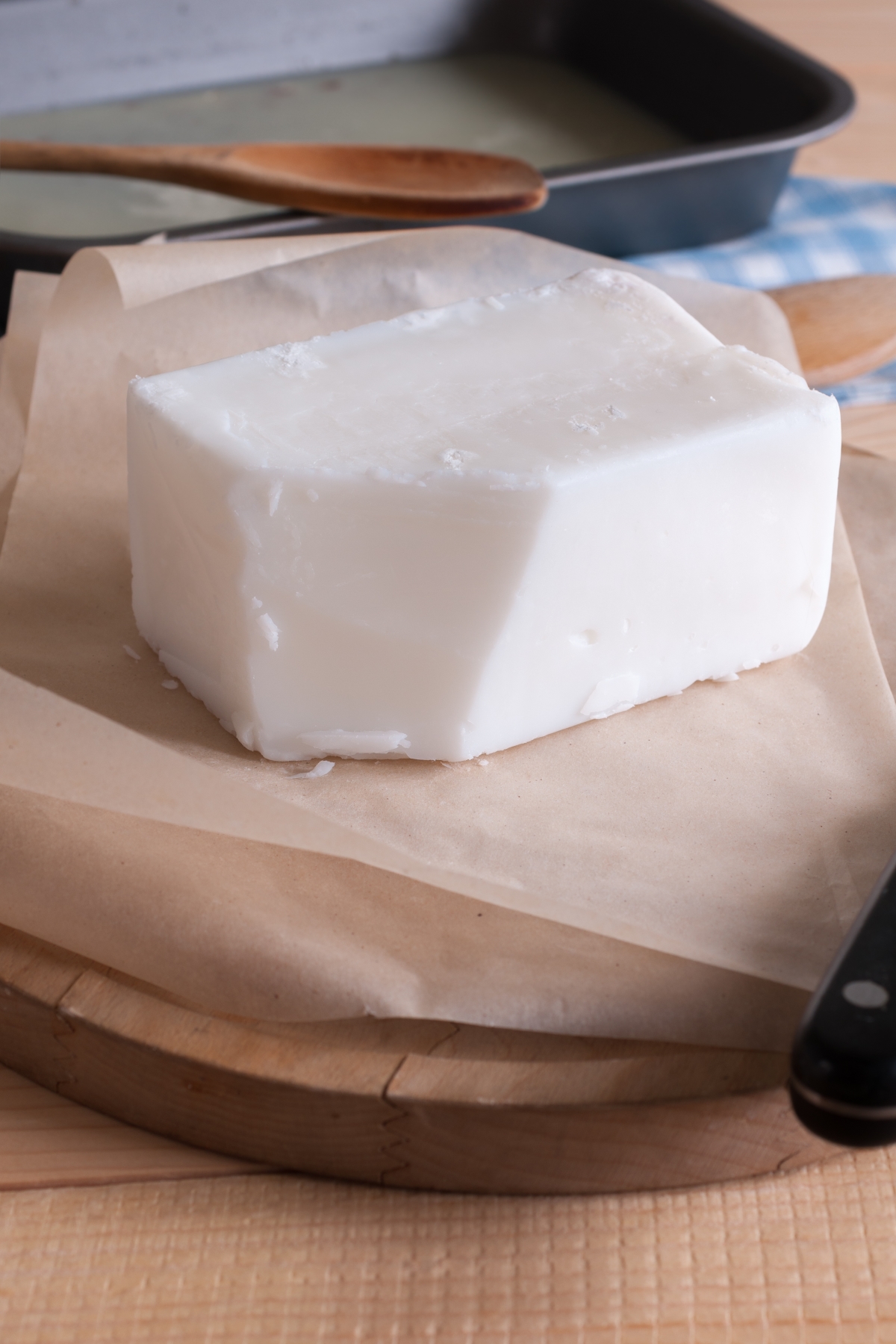
Mutton Tallow
You may not realize it, but mutton tallow is an ingredient that you probably use or consume daily. To give you some examples, tallow is used in skincare products, biodiesel, soap-making, bird suet, as well as a cooking oil.
Mutton tallow is valued for its high smoke point (480° F), which makes it an excellent choice for deep-frying or any other type of cooking method that involves high temperatures.
In Turkish cuisine, mutton tallow (or “tail fat” from fat-tailed sheep) is used as an ingredient when preparing traditional dishes like lamb kofta or rice pilaf.
To render mutton tallow, follow the method for rendering beef tallow in the link above; it’s also available to buy online as either lamb or mutton tallow.
Another good place to find tallow is from a local lamb/sheep farm. You’ll be able to buy rendered mutton tallow in larger quantities, usually for a much lower price, and there’s a good chance you’ll get to see some lambs in the process.
Chicken Fat (Schmaltz)
Schmaltz, also known as chicken fat (and sometimes goose fat), has been used in Jewish and Eastern European cuisines for many hundreds of years. In Jewish cuisine, the appeal of schmaltz (besides the fact that it’s delicious) is that it’s dairy-free as well as pork-free, and can be enjoyed when following a kosher diet.
If you’ve never spread a layer of schmaltz across warm homemade bread let me tell you, the experience will change your life.
You might think that chickens are a “low fat” animal, and they don’t actually have that much harvestable animal fat. In reality, they do, but most of it is removed at the processing facility.
Chickens have a large mass of visceral fat inside their cavity, and that was especially prized historically. These days, it’s removed with the internal organs, and you won’t find it in whole fryers in the grocery store.
We render chicken fat from our home-raised chickens, and their extra-rich diet from their grassy pasture means they yield quite a bit. The skin can be rendered, but if you’re home harvesting you’ll also get abdominal fat.
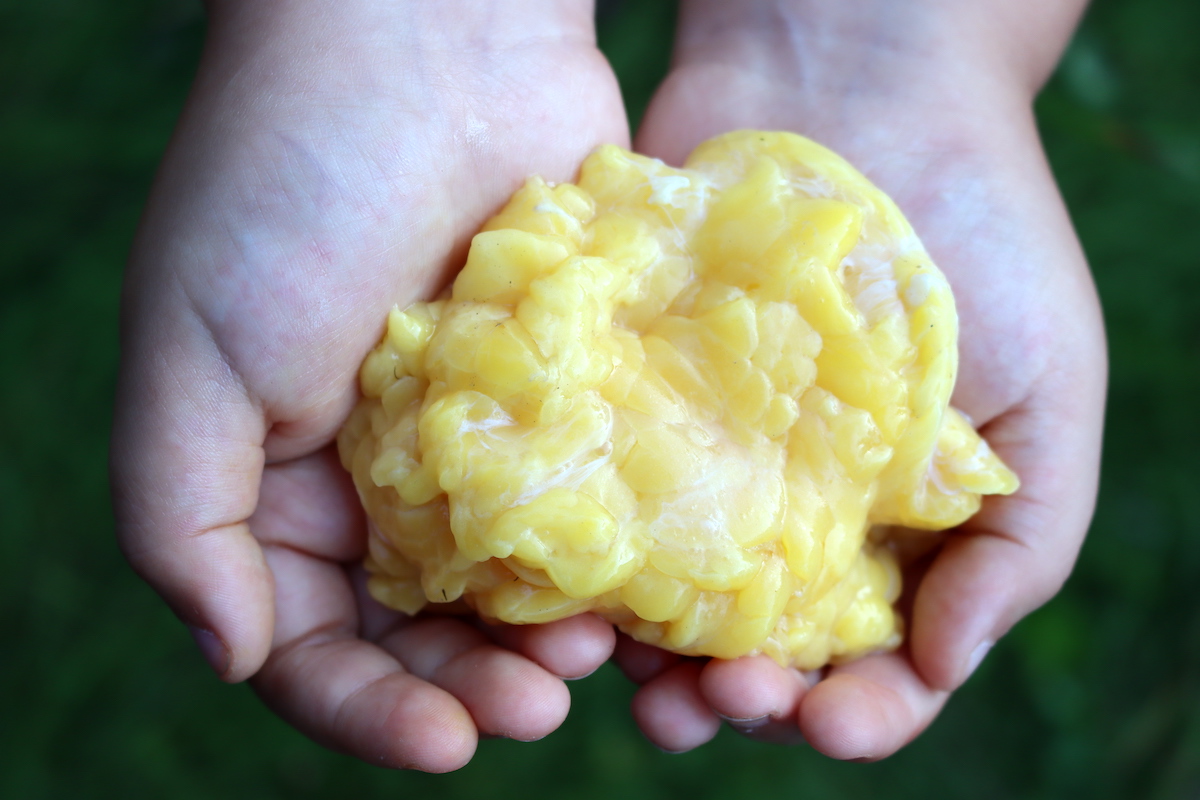
You can still render chicken fat from chicken skin, even if you aren’t able to raise chickens at home. You’ll need about a pound total of chicken fat and skin for a 1/2-cup yield of schmaltz (a recipe which you can double or triple without issue).
If you don’t feel like rendering chicken fat, schmaltz is readily available in Jewish delis, grocery stores, and online.
Traditional uses for schmaltz include matzo balls, latkes, gribenes (also known as crispy chicken skin), and chopped chicken liver.
Duck Fat
The first time I tried fingerling potatoes that had been roasted in hot duck fat I couldn’t believe how incredible they tasted. Perfectly crispy on the outside with a still-creamy interior, the duck fat gave the potatoes a generous hit of savory umami — those were some truly special potatoes.
After a little bit of trial and error, I’m can confidently say that making roasted duck fat potatoes from scratch is easy.
Serious Eats has an in-depth article detailing the best way to render duck fat and skin (as well as tips for enjoying the leftover cracklings from the rendering process, which I would argue is the ultimate reward for your efforts). Duck fat, or “liquid gold” as my fellow enthusiasts like to call it, has many, many culinary uses, including:
- Duck confit
- Popcorn with duck fat
- Duck fat beignets
- Duck fat-fried chicken
- Duck confit and cranberry croquettes
If you don’t have access to fresh or frozen whole duck, the best place to buy duck fat is from D’artagnan. They sell it in 7 oz tubs, which is perfect for most recipes. They also sell it in 10-pound tubs if you really want to go crazy.
D’artagnan is also the best place to buy a whole duck and duck meat, as they’re one of the few producers offering duck meat in the US, and their quality is unmatched. When we’re not raising ducks at home, we order in a dozen whole ducks each fall for winter baking.
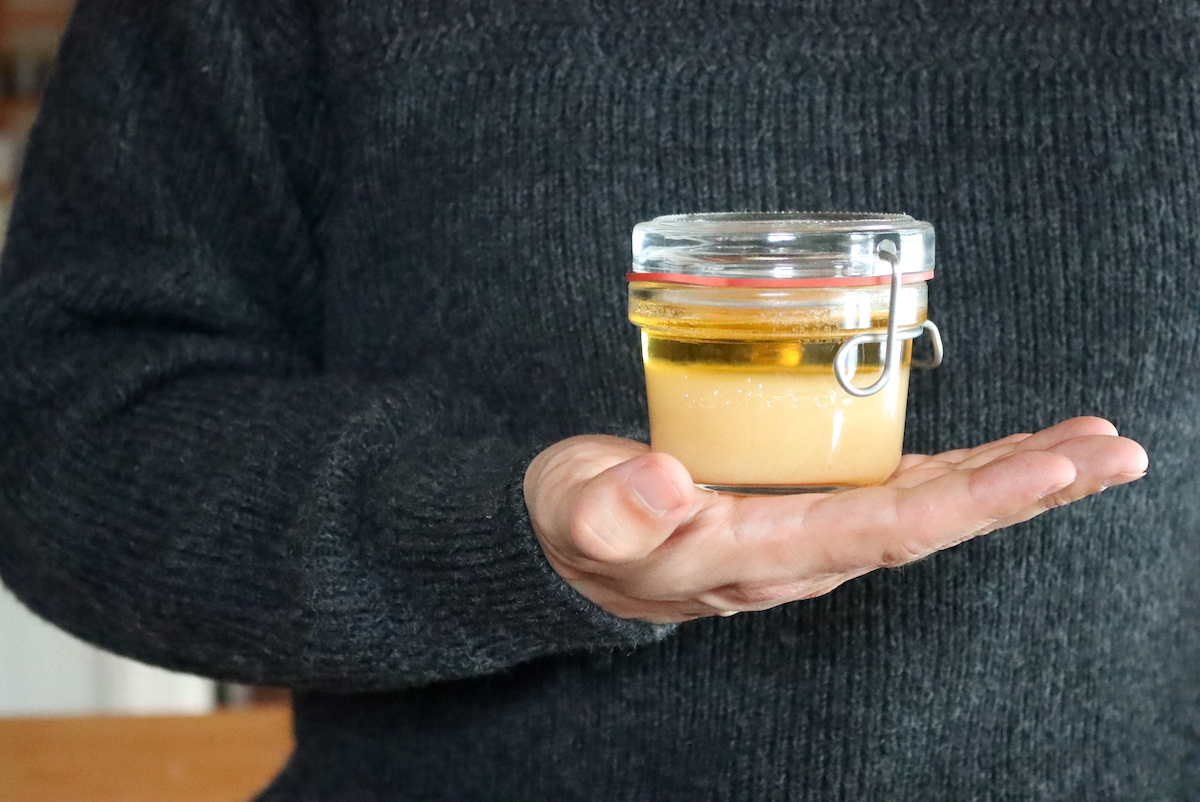
Goose Fat
While rendered duck fat is often liquid or semi-liquid at room temperature, goose fat is denser and beefier. In some ways, it’s more like beef tallow than poultry fat, which makes sense as goose meat tastes more like beef than chicken.
Pasture-fed goose fat is similar in its uses to duck fat, but I find that it has a denser texture and “meatier” flavor, which makes it a welcome ingredient in all kinds of different recipes. The method for rendering goose fat is essentially the same as it is for duck, but here’s a goose-specific method if you’re thinking of giving this a try at home.
In this Nigel Slater recipe for pork and onion pies, the pastry is made using goose fat in place of lard or butter, which yields a flaky, savory crust.
You can also use goose fat in any of the following recipes:
Geese can be hard and/or expensive to source, though we often buy a Christmas goose from D’artagnan (when we don’t raise our own). If you’re curious about cooking with goose fat you can simply purchase a jar or tin of the stuff online.
Wild Animal Fats
Cooking with wild animal fats is always an adventure, with the taste being much more reliant on seasonal changes and the animal’s diet in its natural habitat.
I’ve included some of the fats I’m familiar with below, but you could also consider using raccoon, beaver, and waterfowl, depending on what’s available to you at any given time.
Just about any animal that’s eaten will have some amount of renderable fat. Even animals that are generally considered lean, like rabbits and squirrels. Yes, we’ve rendered squirrel fat and rabbit fat, and they’re both incredibly delicate and mild flavored.
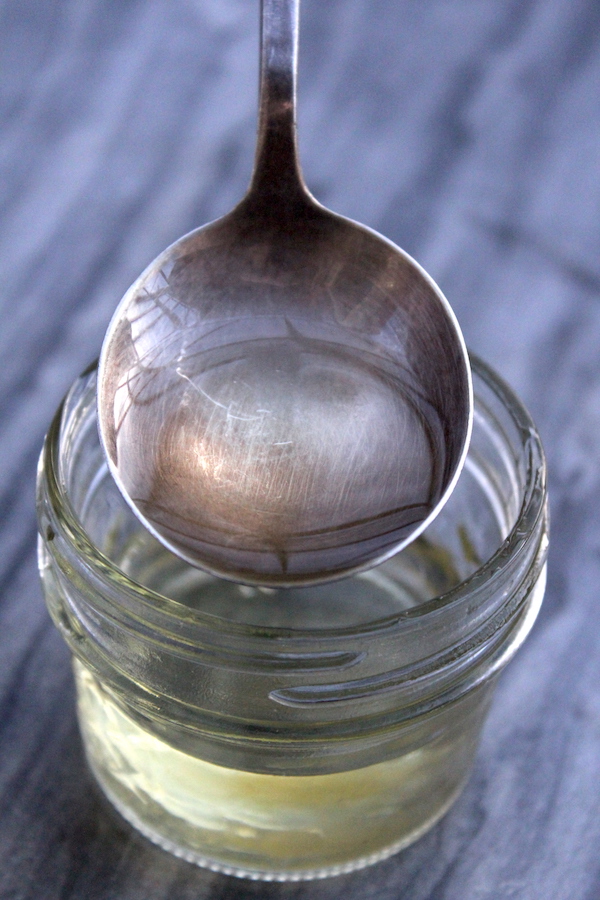
Bear Fat
If you find yourself with enough bear fat to render, these detailed instructions get into the nitty-gritty of preparing, rendering, and storing bear grease (according to this article, one pound of bear fat will yield roughly one pint of rendered bear grease).
Bear grease has a longer shelf-life than lard, and can be used in many of the same recipes measure-for-measure (think pastries, pie crusts, and deep-fat frying).
Bear fat makes a good base for fatwax, a type of salve that uses animal fat as a soothing base. It’s also used as a lubricant for hunting equipment, for leather preservation, and as fuel for oil lamps.
I’ve also read that bear fat is reputed to have health benefits, both when used internally and topically. There are literally dozens of people selling bear fat salve on etsy, made in the traditional way, infused with products of the forest to help it nourish troubled skin.
Venison and Bison Fat
Rendered venison fat has the unfortunate reputation of having a waxy and/or gamey flavor, the waxiness coming from the fat’s high saturated fat content (much like the mouthfeel of white chocolate).
The gaminess tends to subside if you’ve cleaned the venison fat carefully, removing any and every extraneous bit of meat from the fat before it’s rendered. All those meat scraps can be used in other venison recipes.
Traditional pemmican, which comes from indigenous cuisine, is made using venison tallow (or bison tallow), dried meat, and dried berries.
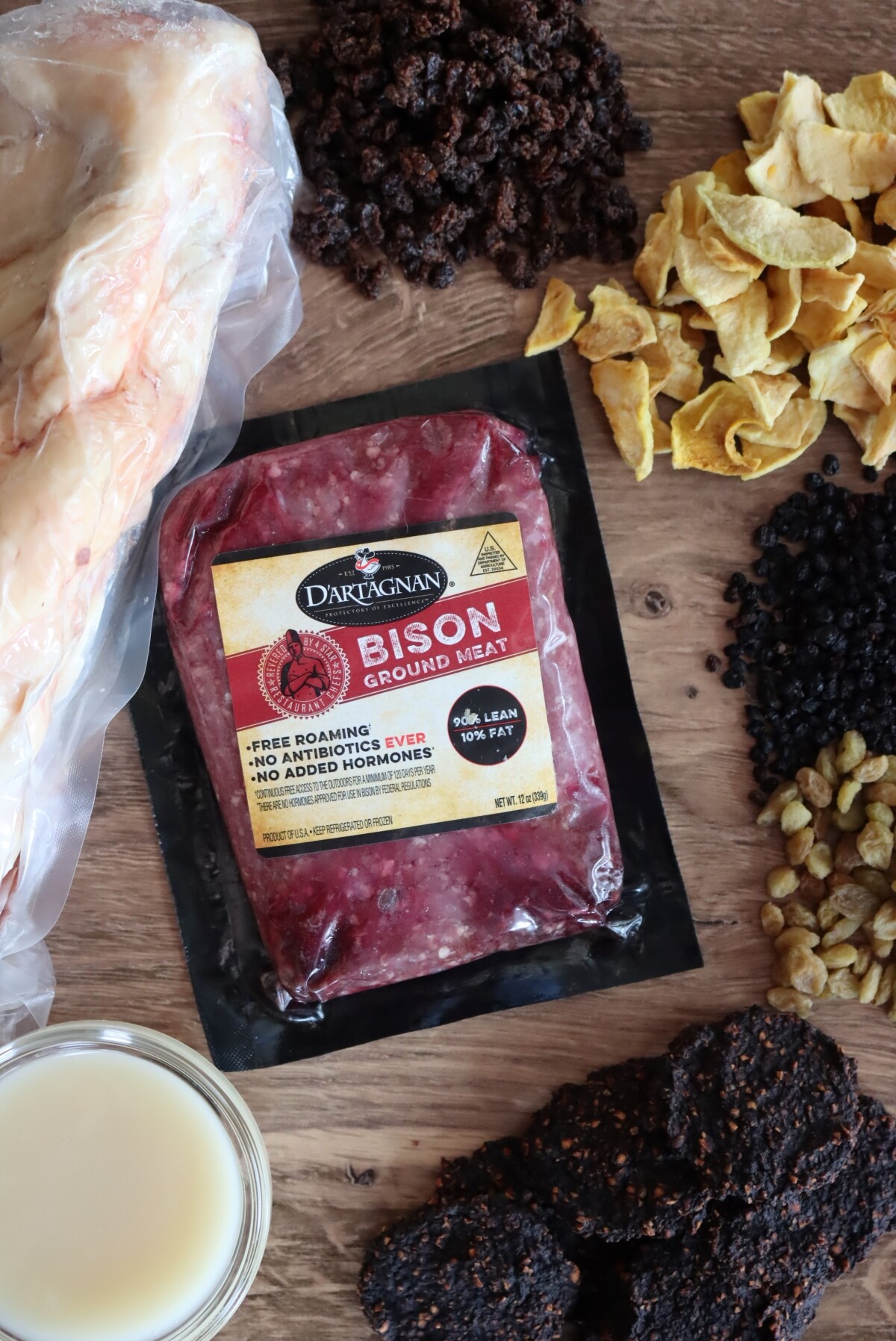
Bison tallow has become trendier these days thanks to the growing popularity of bison meat, although you’ll still probably have to order it from a butcher or a bison farm. If you want to render your own you can follow this method, or you can find it for purchase in specialty shops.
Honestly, if you want to buy it ready-to-go and pre-rendered, I’d suggest buying beef tallow instead. The difference in taste is indistinguishable, but the price difference between the two types of tallow is huge (with beef tallow being significantly less expensive).
Traditional Cookbooks for Using Animal Fats
Looking for more resources to help you incorporate animal fats into your cooking? There are a number of cookbooks written specifically on the topic, covering animal fat recipes and preparation techniques.
- The Fat Kitchen by Andrea Chesman
- Lard: The Lost Art of Cooking with Your Grandma’s Secret Ingredient by the editors of Grit Magazine
Beyond that, I’d also recommend Nourishing Traditions by Sally Fallon, which has extensive guidance on returning to a traditional diet, well beyond adding animal fats to your diet.
Traditional Cooking Tutorials
Looking for more traditional cooking guides to get back to your roots?
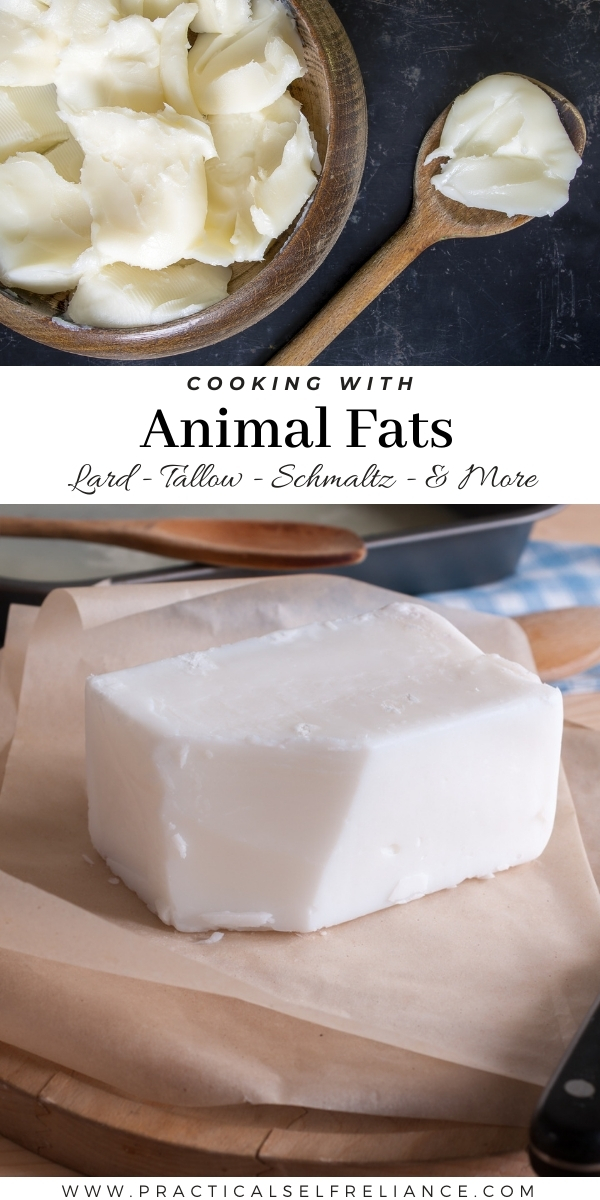
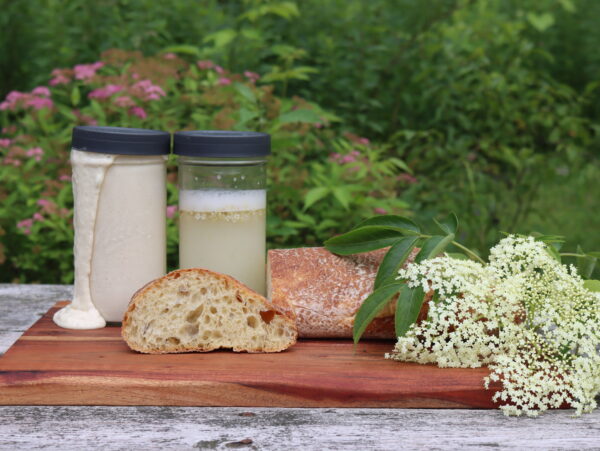
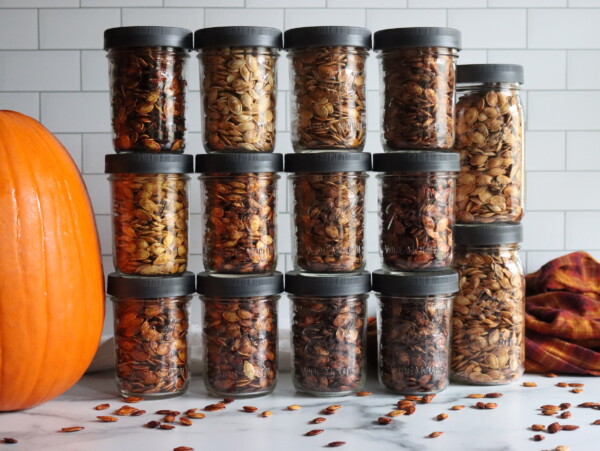
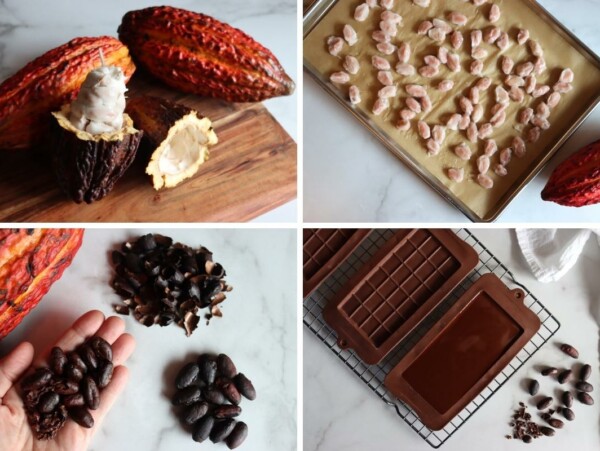
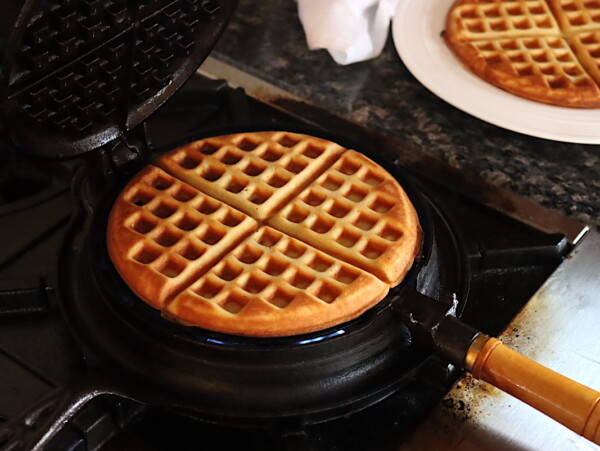
I tried to locate places where they can sell schmaltz (chicken fat) so I wonder if you know any website that sells schmaltz in Mississauga Ontario and can I order on line?
I would appreciate hearing from you soon
Thanks
I’m sorry but I don’t have any information on purchasing schmaltz online in Ontario.
This has to be the most interesting article I have read about fats.. some I have had done I never heard of and most I’m willing to try.
Thank you. We’re so glad you enjoyed the post.
Just dropping a note to let you and your readers know that caul fat is the omentum. It’s a radically cool structure known as the healer and sealer. It can repair damage to organs and seal up injuries. Definitely something to look more into if you have an interest in anatomy. Humans have it as well.
Thank you so much for sharing. We appreciate it.
Thank you so much for your carefully researched and written piece. I thoroughly enjoyed reading it in its entirety, and though I’ve only recently (last five years) become more familiar with the homespun cooking, baking and fat rendering techniques you describe, my children are on the leading edge of doing these things.
One thing that I’ve been doing for the past several years on an annual basis is to render duck fat in my smoker. I have found that smoked duck fat brings a delightful flavor to a variety of dishes. I add it to very lean ground beef to make delicious hamburgers. I fry my eggs and many other things in it. It is better on a warm piece of bread than butter is (and SO much lower in calories due to the small amount needed. The pint (or so) I render lasts me the entire year without losing its smoky properties.
That sounds wonderful. Thank you so much for sharing.
Bacon Fat Peanut Butter Cookies!!!! Why have I never thought of that before? I have a tub of bacon grease in my fridge, but I only use it to fry eggs & potatoes in. Now I have to try those cookies. They would be good with candied bacon on top too 🙂 Thanks for all the ideas!
You’re very welcome. We’re glad that you enjoyed the post. Let us know how you like the cookies.
Articles like this are the reason I check in with your blog daily. I love it! Very useful information and well written. Thank you!
Last year when we butchered a steer, I let the meat cutter keep most of the fat to make his own dog food. Never again. It’s mine!
That’s awesome! I hope you like it and that it renders well for you, good luck! (And so happy to have you here everyday =)